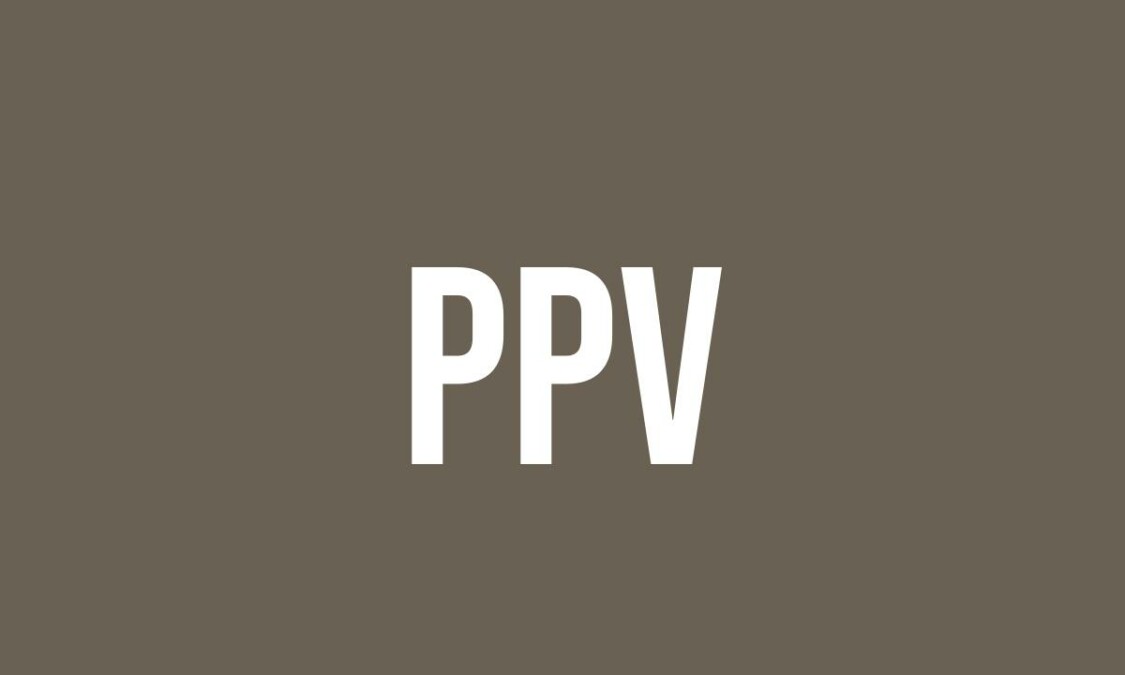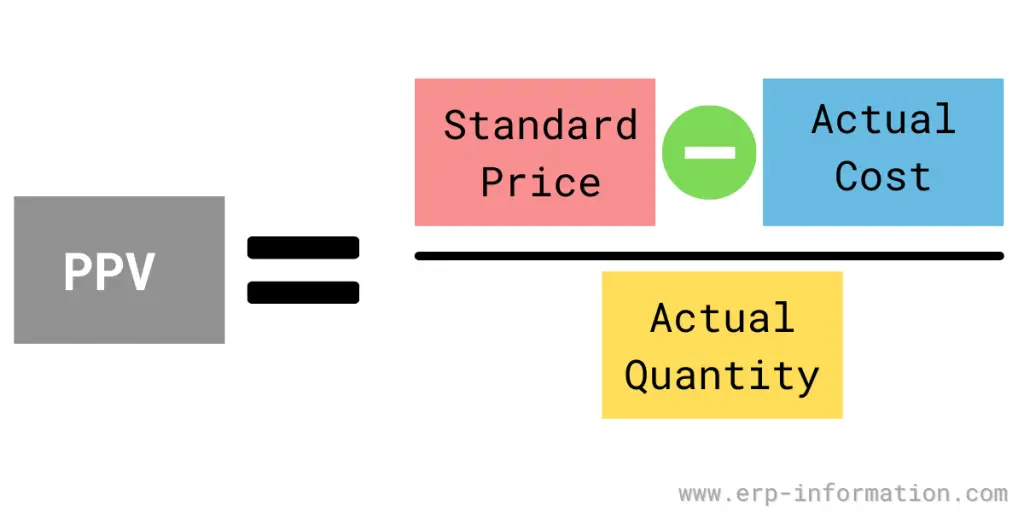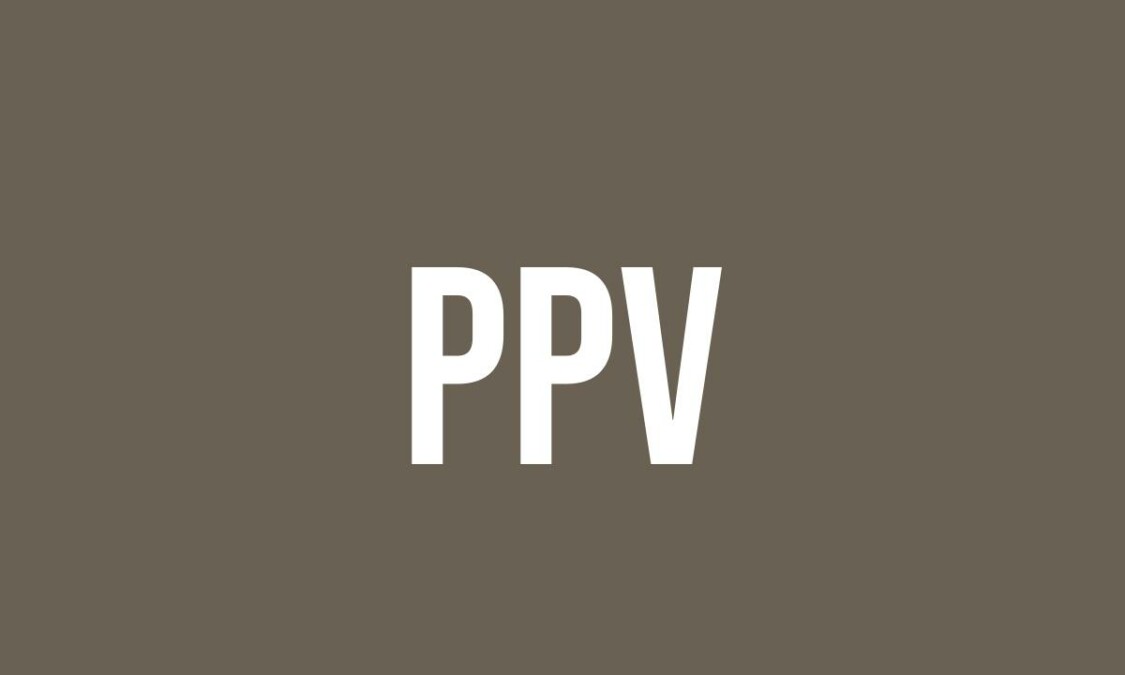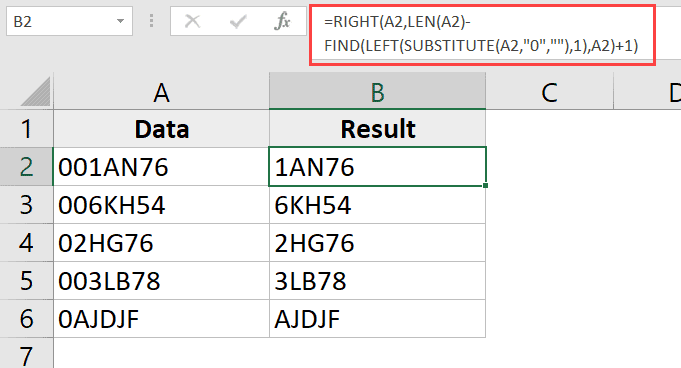PPV Meaning: 5 Things to Know

In the world of sports, entertainment, and online streaming, the acronym "PPV" has become increasingly prevalent. But what does PPV actually mean, and why is it significant? This article will delve into the intricacies of PPV, exploring its definition, history, applications, and the impact it has on various industries. From its origins to its modern-day usage, we will uncover five essential things you need to know about PPV.
1. Understanding PPV: The Fundamentals

PPV, an abbreviation for Pay-Per-View, is a revenue model commonly employed in the broadcasting industry. It refers to a system where viewers pay a specific fee to access and watch a particular event or program. This model allows consumers to selectively purchase content, providing a unique viewing experience tailored to their preferences.
The concept of PPV revolves around the idea of exclusive and premium content. Unlike traditional subscription services, where viewers pay a fixed monthly fee for access to a range of content, PPV offers a more flexible and personalized approach. It enables viewers to choose and pay for individual events or programs, making it an attractive option for special occasions or highly anticipated sporting events.
The Mechanics of PPV
PPV operates through a simple yet effective process. Here’s a breakdown of how it typically works:
- Event Selection: Broadcasters or content providers announce a specific event or program that will be available via PPV.
- Promotion and Advertising: Extensive promotion and marketing efforts are employed to create buzz and attract viewers.
- Order Placement: Interested viewers place an order, either through their television service provider or online platforms, to purchase access to the PPV event.
- Payment and Access: Viewers pay the specified fee, and in return, they receive a unique code or authentication to access the event. This can be done through various payment methods, including credit cards, digital wallets, or even cryptocurrency.
- Viewing Experience: Once the payment is processed, viewers can tune in to the event at the designated time. The event is often broadcast live or made available for a limited time period, ensuring exclusivity.
| Pros of PPV | Cons of PPV |
|---|---|
| Flexible viewing options | Limited accessibility for certain events |
| Exclusive and premium content | Additional costs compared to subscriptions |
| Personalized viewing experience | Technical issues or delays during the event |

2. A Historical Perspective: The Evolution of PPV

The concept of PPV has evolved significantly over the years, with its origins dating back to the early days of television. Here’s a glimpse into the historical journey of PPV:
The Birth of PPV
PPV, as we know it today, traces its roots to the late 1970s and early 1980s. It emerged as a response to the growing demand for premium and exclusive content, particularly in the sports industry. The first PPV event was a boxing match between Roberto Durán and Wilfred Benítez in 1976, which was broadcast in select theaters across the United States.
Initially, PPV was primarily associated with boxing and wrestling events, as these sports attracted a dedicated fan base willing to pay for exclusive access. The early PPV systems utilized dedicated cable channels or satellite transmissions, making the technology somewhat limited and exclusive.
The Digital Revolution
The digital revolution of the late 20th century played a pivotal role in shaping the future of PPV. With the advent of the internet and digital broadcasting, PPV transitioned from a niche offering to a mainstream revenue stream. The rise of online streaming platforms and digital cable services expanded the reach and accessibility of PPV events, attracting a wider audience.
Today, PPV is an integral part of the broadcasting landscape, with a diverse range of events and programs offered across various platforms. From sporting events and concerts to exclusive movie premieres and theatrical releases, PPV has become a preferred choice for content creators and viewers alike.
3. Applications of PPV: Beyond Sports
While PPV is often associated with sports, its applications extend far beyond the realm of athletics. Here are some industries and sectors where PPV has made a significant impact:
Entertainment Industry
The entertainment industry has embraced PPV as a means to offer exclusive content to fans. Music concerts, award shows, and theatrical releases are frequently made available via PPV, allowing fans to experience these events from the comfort of their homes. PPV has also become a popular platform for stand-up comedy specials and exclusive film screenings, providing a unique and intimate viewing experience.
E-Sports and Gaming
The rise of e-sports and competitive gaming has opened up new avenues for PPV. Major gaming tournaments and competitions are often broadcasted via PPV, attracting a dedicated audience of gamers and enthusiasts. PPV provides a revenue stream for gaming organizations and tournaments, while also offering fans an immersive and interactive viewing experience.
Educational and Training Programs
PPV has found its way into the education sector, offering specialized training and certification programs. Many online learning platforms utilize PPV to monetize their courses, providing access to premium content and resources for a fee. This model ensures that learners have the flexibility to choose specific courses or certifications, catering to their individual needs and interests.
4. The Impact of PPV: A Case Study
To understand the true impact of PPV, let’s explore a real-world case study. We’ll delve into the world of professional wrestling and analyze how PPV has shaped the industry.
Professional Wrestling and PPV
Professional wrestling has a long-standing relationship with PPV, with major wrestling promotions using it as a primary revenue stream. WWE (World Wrestling Entertainment), one of the largest wrestling organizations, has utilized PPV extensively to monetize its live events and pay-per-view shows.
WWE's PPV offerings include monthly events such as WrestleMania, Royal Rumble, and SummerSlam, which are highly anticipated by wrestling fans worldwide. These events are often promoted as "must-see" spectacles, featuring championship matches and highly anticipated storylines. The PPV model allows WWE to generate substantial revenue while also providing an exclusive viewing experience for its dedicated fan base.
The impact of PPV on professional wrestling is twofold. Firstly, it provides a significant financial boost to the industry, allowing promotions to invest in talent, production quality, and marketing efforts. Secondly, it creates a sense of exclusivity and anticipation among fans, fostering a dedicated community of enthusiasts who eagerly await each PPV event.
5. The Future of PPV: Trends and Predictions

As technology continues to advance and consumer preferences evolve, the future of PPV holds exciting possibilities. Here are some trends and predictions for the upcoming years:
Virtual Reality (VR) and PPV
The integration of VR technology with PPV is expected to revolutionize the viewing experience. Imagine attending a live sporting event or concert from the comfort of your home, with a fully immersive VR environment. This technology has the potential to enhance the PPV experience, providing a more engaging and interactive viewing option.
Hybrid Subscription-PPV Models
As subscription-based streaming services gain popularity, we may see a shift towards hybrid models that combine subscription and PPV offerings. This approach could provide viewers with a base subscription package, while also offering the flexibility to purchase additional PPV events or premium content.
PPV on Social Media Platforms
With the rise of social media and its influence on content consumption, PPV could find its way onto major social media platforms. Imagine watching a live PPV event directly through your preferred social media app, with the option to purchase and access the content seamlessly.
Personalized PPV Recommendations
AI-powered recommendation systems could play a significant role in PPV, personalizing the viewing experience for individual users. Based on viewing history and preferences, these systems could suggest relevant PPV events or programs, making it easier for viewers to discover and engage with content that aligns with their interests.
Conclusion
PPV, a powerful revenue model, has left an indelible mark on the broadcasting industry. From its humble beginnings in the boxing ring to its widespread adoption across various sectors, PPV has evolved into a versatile and effective tool for content monetization. As we’ve explored, PPV offers a unique viewing experience, caters to diverse industries, and continues to shape the way we consume premium content.
With the constant evolution of technology and consumer preferences, the future of PPV is bright. As we embrace new advancements and trends, PPV is poised to deliver even more exciting and immersive experiences. Whether it's attending a live concert in VR or discovering personalized PPV recommendations, the possibilities are endless. So, the next time you encounter the term PPV, remember the rich history, the diverse applications, and the exciting future that lies ahead.
How does PPV differ from traditional subscription services?
+PPV differs from traditional subscription services in that it offers a more flexible and personalized approach to content consumption. While subscription services provide access to a wide range of content for a fixed monthly fee, PPV allows viewers to selectively purchase individual events or programs, giving them the freedom to choose what they want to watch.
Can I watch PPV events on multiple devices?
+Yes, many PPV providers offer multi-device support, allowing viewers to watch the event on their TV, computer, or mobile devices. This flexibility ensures that viewers can choose the most convenient platform for their viewing experience.
Are there any refunds or guarantees for PPV events?
+PPV policies may vary depending on the provider and event. Some providers offer refunds or credits if there are technical issues or if the event is canceled. It’s essential to review the terms and conditions before purchasing a PPV event to understand the refund policy.


